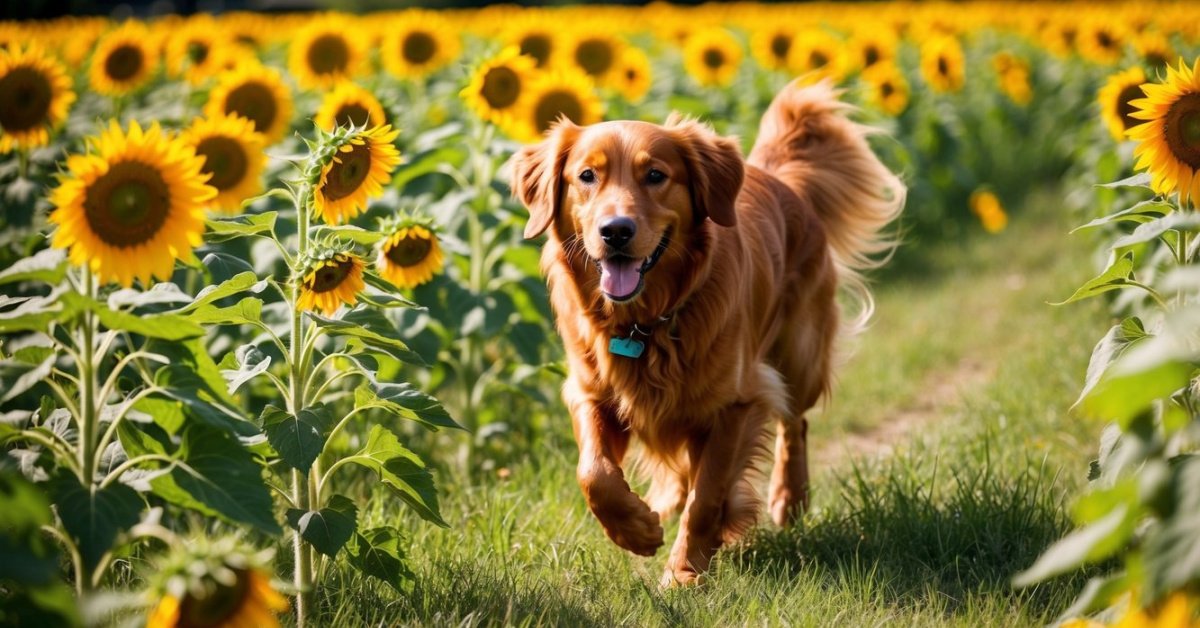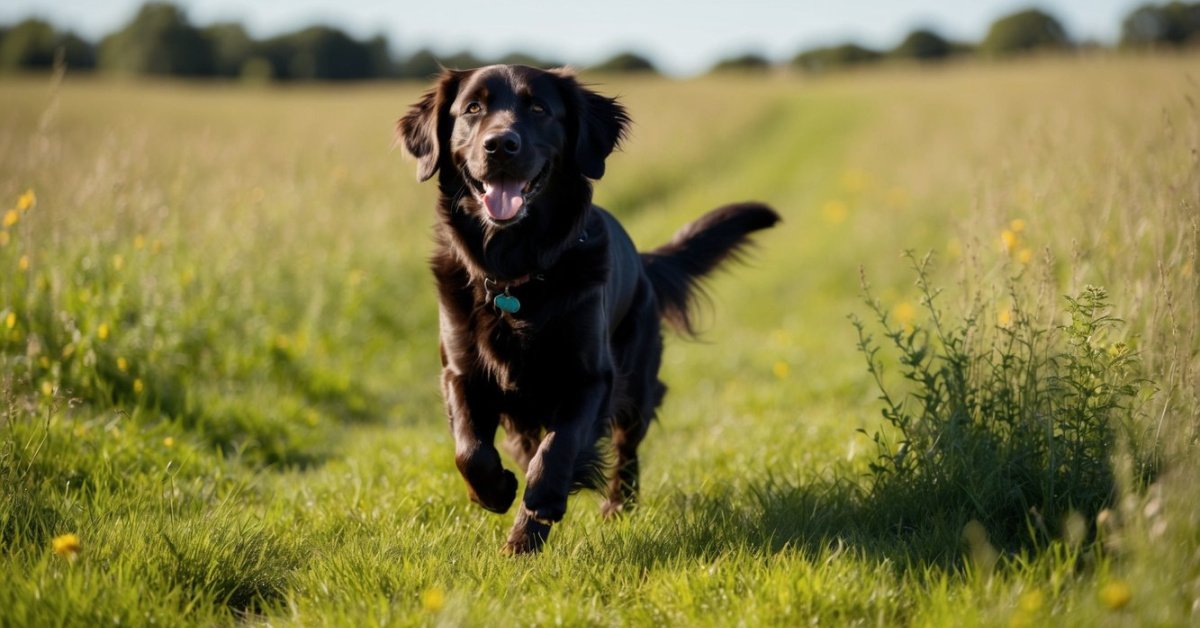Golden Retrievers have a special place in my heart, and it’s easy to see why they’re often chosen as service dogs. Their friendly nature, intelligence, and eagerness to please make them perfect companions for those in need. But have you ever wondered how these lovable pups transition from playful pets to skilled service animals?
In this article, I’ll take you through the fascinating journey of Golden Retrievers as they train and adapt to their vital roles. From early socialization to specialized training, each step shapes them into the incredible support they provide. Join me as we explore the heartwarming process that transforms these dogs into lifesavers for individuals with disabilities.
Overview of Golden Retrievers as Service Dogs
Golden Retrievers possess traits that make them exceptional service dogs. Their friendly disposition fosters immediate trust and comfort with individuals facing challenges. Intelligence plays a crucial role in their capacity to learn complex tasks, allowing them to understand commands quickly. Eagerness to please enhances their training experience, motivating them to perform their duties faithfully.
The journey of a Golden Retriever from a playful pet to a skilled service dog begins with early socialization. This period involves exposure to various environments, people, and situations, ensuring they adapt to diverse scenarios. Specialized training follows, focusing on specific skills like mobility support, alerting to medical conditions, or providing emotional support.
Golden Retrievers thrive in roles such as guide dogs, therapy animals, or assistance for those with autism. Their natural ability to bond with humans strengthens the connection needed for effective support. As these dogs undergo training, they learn to respond to commands in various situations, proving their adaptability.
The commitment of trainers and owners contributes significantly to a Golden Retriever’s development as a service dog. Consistent practice, patience, and reinforcement shape their behavior, ensuring they excel in their roles. Overall, the combination of natural qualities and structured training makes Golden Retrievers ideal companions in service.
The Selection Process for Service Dogs
The selection process for service dogs is critical in ensuring they possess the right qualities for their roles. It involves evaluating individual traits and behaviors to identify the most suitable candidates.
Traits of Ideal Service Dogs
- Temperament: Ideal service dogs demonstrate a calm demeanor, even in stressful environments. They remain focused and composed.
- Intelligence: High intelligence allows service dogs to learn commands and tasks quickly. They adapt to new situations easily.
- Socialization: Social dogs interact well with various people and animals, providing comfort and support without anxiety.
- Trainability: Service dogs must respond reliably to commands. A willingness to learn and eagerness to please enhance their effectiveness.
- Health: Good physical health ensures service dogs can perform their duties without limitations. Regular veterinary check-ups help maintain their well-being.
Why Golden Retrievers Are a Good Choice
- Friendly Nature: Golden Retrievers possess an innate friendliness, making them approachable and creating trust with partners.
- Intelligence: Their intelligence ranks among the highest for dog breeds, facilitating quick learning of complex tasks.
- Eagerness to Please: This breed has a strong desire to satisfy human companions, fostering a productive dynamic during training.
- Versatility: Golden Retrievers thrive in various roles, from mobility support to therapy, demonstrating their adaptability.
- Bonding Ability: Their strong bond with humans offers emotional support, enhancing their effectiveness as service animals.
Training Phases for Service Dogs
Training service dogs involves multiple phases, ensuring they develop essential skills and behaviors. Golden Retrievers go through basic obedience training, followed by advanced skill development tailored to their roles as service animals.
Basic Obedience Training
Basic obedience training lays the foundation for all future learning. Golden Retrievers start with commands such as sit, stay, come, and heel. Consistency and positive reinforcement ensure the dogs understand their tasks. I use treats and praise to motivate them and build their confidence. Socialization plays a significant role, exposing them to various environments, people, and sounds. Exposure helps them adapt to different situations, reducing anxiety during later training phases.
Advanced Skill Development
Advanced skill development enables Golden Retrievers to perform specialized tasks. Trainers focus on skills tailored to individual needs, such as guiding visually impaired individuals or providing emotional support. Tasks may include retrieving items, assisting with mobility, or responding to medical emergencies. Trainers often use real-life scenarios to simulate situations the dog may encounter. Consistent practice reinforces their learning, ensuring they respond reliably in various circumstances. Regular assessments help gauge progress and address any learning challenges quickly, enhancing the dog’s effectiveness in their service role.
The Role of Service Dogs in Everyday Life
Service dogs play a crucial role in enhancing the quality of life for many individuals. They provide assistance, companionship, and support in various everyday situations.
Assistance for Individuals with Disabilities
Service dogs offer invaluable assistance to individuals with disabilities. These dogs perform tasks that facilitate greater independence, such as guiding visually impaired individuals, alerting those who are deaf, or providing mobility support for those with physical limitations. Golden Retrievers, with their friendly demeanor and adaptability, excel in these roles. They can retrieve items, open doors, or provide balance to those who require assistance while walking. Each of these tasks helps individuals navigate their surroundings more efficiently and safely.
Emotional Support and Therapy Work
Emotional support is a vital aspect of the work service dogs perform. Golden Retrievers’ natural ability to bond with humans makes them excellent companions for individuals facing mental health challenges, such as anxiety or depression. They provide comfort during stressful situations, reducing feelings of isolation and promoting emotional well-being. In therapy settings, these dogs participate in sessions that enhance healing and recovery for clients. Their gentle presence encourages communication and connection, which significantly improves therapeutic outcomes. Overall, Golden Retrievers play an essential role in both assistance and emotional support, positively impacting the daily lives of those they serve.
Conclusion
Golden Retrievers truly shine as service dogs thanks to their friendly demeanor and unwavering loyalty. Watching them grow from playful pups into skilled companions is inspiring. Their ability to bond with humans and adapt to various situations makes them invaluable to those in need.

« How to Train a Golden Retriever Puppy to Lie Down: Tips for Success
Essential Golden Retriever Puppy Nutrition Basics for a Healthy Start »
It’s heartwarming to see how these dogs enhance the quality of life for individuals with disabilities. Whether they’re guiding someone safely or providing emotional support, their impact is profound. I feel grateful for the incredible work they do and the joy they bring to so many lives.











